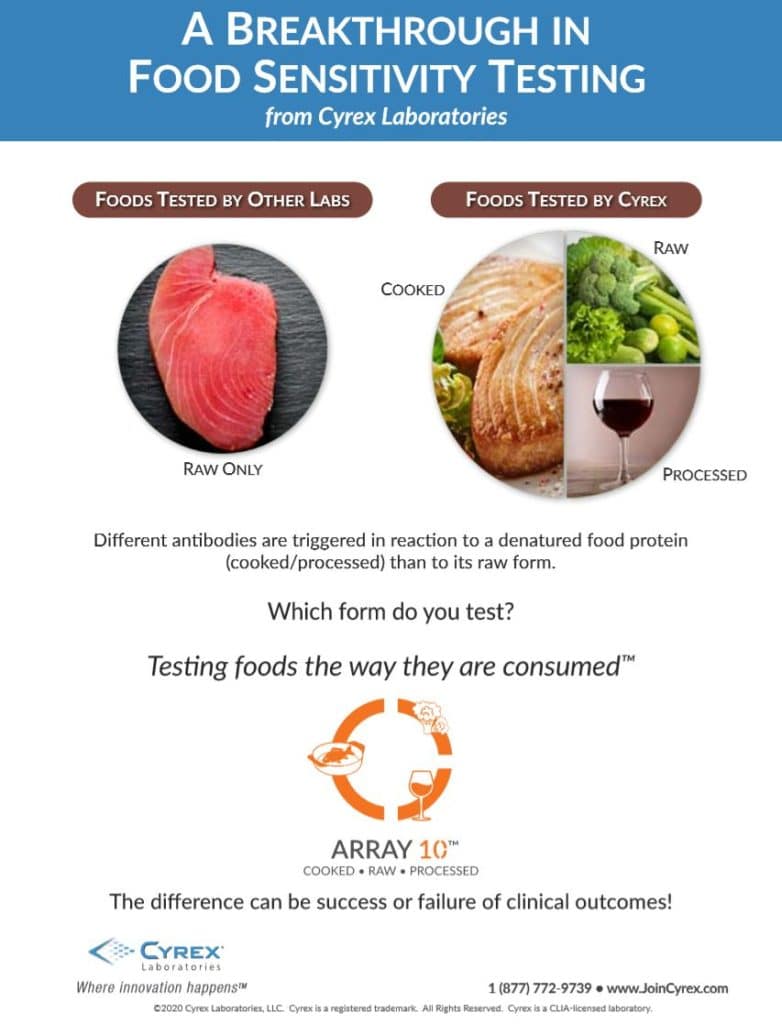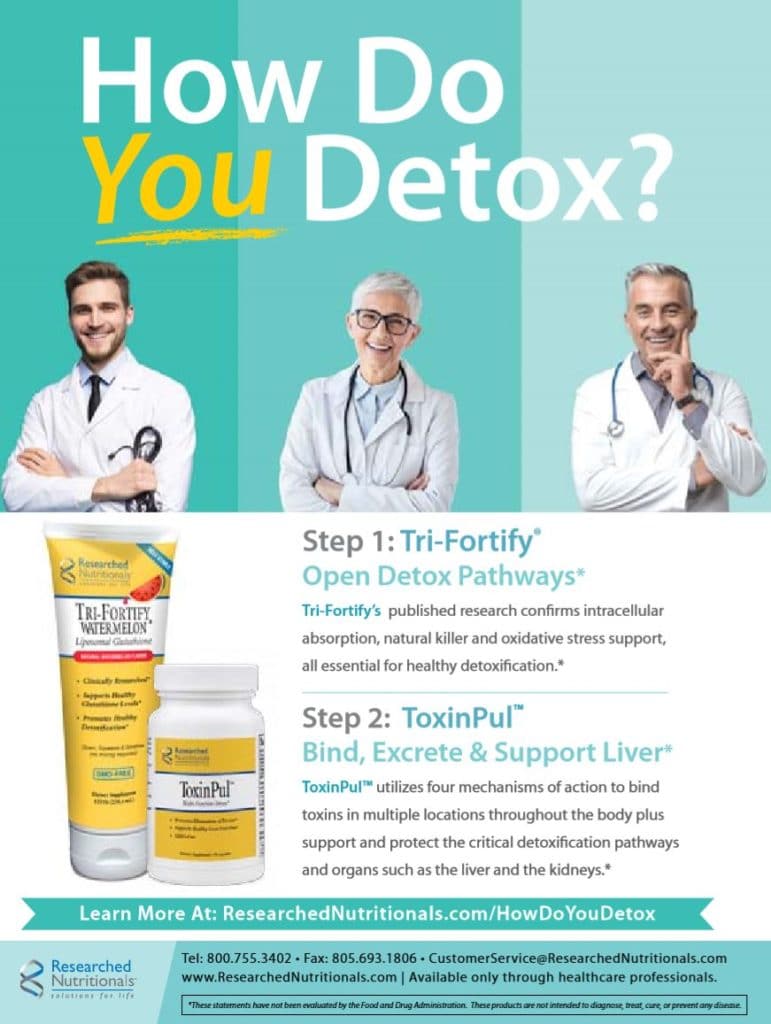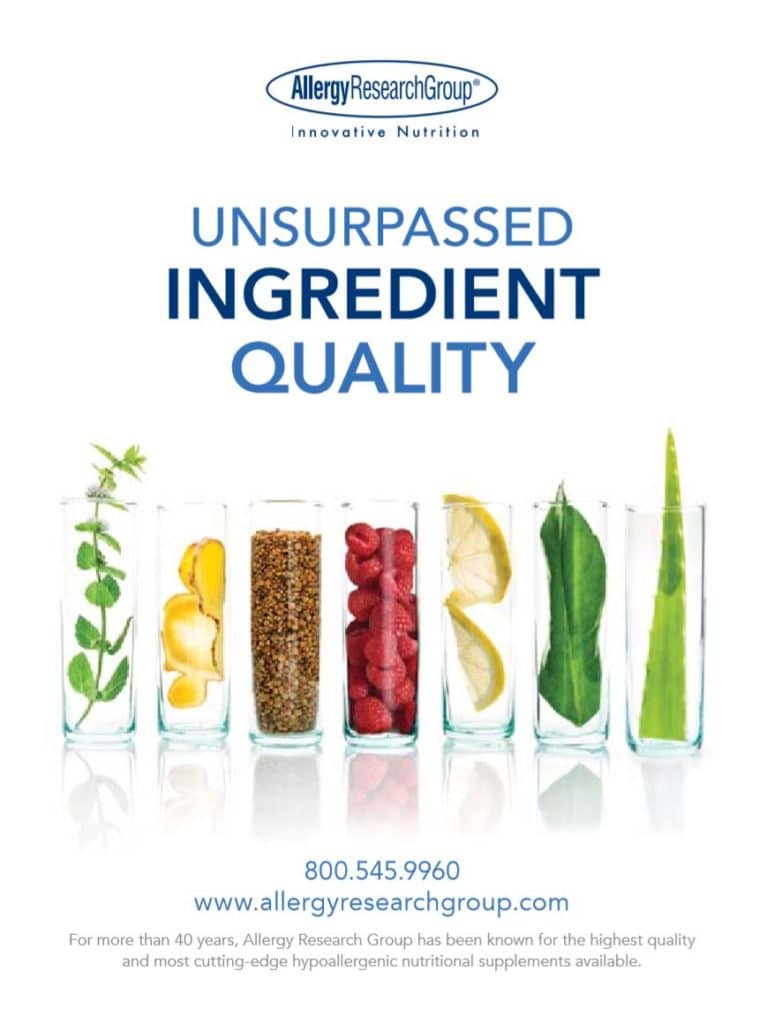How Do We Face the Growing Pandemic Risk of the Coronavirus?

Although it was initially believed that the coronavirus emerged from live and butchered animals sold in a market hall in Wuhan, China, it has rapidly transformed into an infection that is transmitted between humans typically seen in respiratory infection. Its appearance in December and rapidly increasing numbers in the past few months is typical of flu infection in the cold, dry air of winter. Efforts to control spread of the infection by essentially quarantining millions of individuals in central China and to a lesser degree throughout the country will likely slow transmission, but viruses easily pass through boundaries. Masks have limited effectiveness as does washing hands—it is unclear how effective the Hazmat suits are that health workers wear. As I write this in early February, it appears that the death rate in China has been hovering around 3%. Is that a reliable indicator of how lethal the coronavirus is? If the infection were to become a pandemic, that would represent a huge number of deaths.
Medical authorities are beginning to suggest possible medical treatments in the event of the infection spreading around the world. Drugs lopinavir and ritonavir used in HIV treatment are being considered as first-line treatment in combination with intravenous interferon. Some researchers are feverishly working to develop a vaccine, a process that not only could take months to demonstrate effectiveness and safety but pose unknown risks (see denial of immunization risks article in this issue). Far less costly and risky would be implementation of nutraceutical support, including use of vitamin C, vitamin A (retinol), vitamin D, and calcium, magnesium, potassium, and zinc supplementation. Or supplementation with garlic, stinging nettles, cimicifuga, glycyrrhizin, and Sambucus. Administration of intravenous vitamin C has already demonstrated effectiveness in the hospital setting in support of sepsis. Hydrocortisone would be necessary for adrenal insufficiency. Naturopathic support employing hydrotherapy and homeopathy should be administered. Other modalities have shown effectiveness fighting viruses, including intravenous ozone. Sadly, public health authorities have positioned themselves to dispute efficacy of such treatment; it will remain “alternative medicine” that Google and Facebook will attempt to censor. Given the draconian measures that undoubtedly will be put forth if coronavirus becomes a pandemic, we should all put together our own “health emergency kit” at home including nutraceutical, herbal, and homeopathic support. (Refer to Dr. Peter D’Adamo’s Datapunk summary of evidence-based treatment for coronavirus: https://datapunk.net/antivirals.pl.)
Fraudulent Studies and Ethical Clinical Practices
In this issue Alan Gaby, MD, our contributing medical editor, editorializes about putative fraudulent research curiously being conducted in Iran. These studies are not being published in “first-line” journals such as NEJM, JAMA, Nature, or Science. Still these papers are abstracted and are searchable on PubMed. The questionable writing is not about the use of drug agents for cancer or autoimmune disease. Instead the authors focus on the use of vitamins, essential fatty acids, amino acids, and related nutraceuticals that impact the course of symptomatic conditions generally not of a life-threatening or incapacitating nature. Many of the primary authors are university students, but clinical assessments are conducted at hospitals to which the students are not apparently affiliated. Gaby’s evaluation of these reports done in the past two years shows inconsistencies one usually does not associate with medical research. More troubling is the pattern of irregularities in one paper is very similar to those in another paper. Could there be a cottage industry of individuals who generate fraudulent research articles for compensation? Students have always sought short-cuts to fulfill academic requirements, but why go through such elaborate charades to establish one’s noteworthiness? Does this mean that every time we read a published study we need to do a “smell test” to see if something stinks about the research?
One of the smell tests that troubles me is when I read, or more often, listen to a practitioner who claims unassailable results in treating his/her patients. The condition is absolutely treatable but requires compliance to all the aspects of the doctor’s protocol. Given the intricacy of many integrative and naturopathic regimens, it is not uncommon for a patient or referring clinician to not follow the treatment recipe exactly. If the condition improves or better yet resolves, all is good. However, if the condition deteriorates or worse eventuates in death, it is not uncommon for the healer to claim that the patient was not compliant and did not follow instructions. This is the all-powerful doctor’s mantra: “Follow my directions exactly or die.” Closely following this thinking is remembering all the cures but curiously forgetting all the failures. Somehow there is a marvelous record of success with nary a loss. Of course, the failures do show up, sometimes quietly as a patient who cancels further appointments, sometimes noisily as a malpractice suit or medical board investigation. There is nothing wrong or bad with treatment failure; what is wrong is to dismiss it as though it did not happen. Worse, is to blame the patient for compliance failure. Even worse are the Monday-night quarterbacks who proclaim that if the individual had followed their treatment the individual would have been better, even alive.
When I hear such talk at conferences, I know that its score on the smell test is “stinking.” And the practitioner is medically unethical.
Allergy Desensitization for Peanuts and Delayed Hypersensitivity
While waiting for the plane to take off, the announcement came over the P.A. system that passengers should desist from eating any food containing peanuts because an individual in row 12 had a severe peanut allergy. Peanut allergy is a life-threatening condition for the 2% of the population who deal with it on a daily basis—an exposure requiring, an immediate EpiPen injection to prevent anaphylaxis and death. Avoidance of all foods containing peanuts is a major challenge for patient and family not to mention classmates and co-workers. The nightmare of peanut avoidance may soon be changing with the recent FDA approval of Aimmune Therapeutics’ pharmaceutical Palforzia as reported in the Feb 1-2 WSJ. The drug contains micro-quantities of peanut powder; the patient is instructed to use minimal dosing in apple sauce to begin with working up to a full capsule as tolerated. During its trial use, children demonstrated tolerance to peanut exposure by not reacting to what might be comparable to eating 14 peanuts. Of course, there were times when tolerance was exceeded and an EpiPen was necessary. The drug slated to cost $900/month won’t eliminate peanut allergy, and individuals will still need to avoid peanuts—but life should be quite a bit less terrifying.

In this issue Diego Saporta, MD, who has written a series of articles for the Townsend Letter over the past decade, writes on delayed reaction after skin allergy testing. Most skin scratch testing at the allergist’s office examines the immediate skin response: a positive reaction denotes an allergy that can be desensitized. However, the immediate skin response is largely dependent on an IgE allergy only. If the patient has a type III hypersensitivity reaction involving deposition of immune complexes, then the immediate skin reaction frequently is negative. If the allergist were to assess a late or delayed skin response, 24-48 hours after intradermal skin testing, the type 3 hypersensitivity reaction is positive and an allergic response is confirmed despite negative immediate skin response. In this issue’s paper Dr. Saporta reviews clinical data from 400 of his patients for delayed skin response. Delayed hypersensitivity on intradermal dilutional testing is shown to develop in 11% of the tests. Saporta demonstrates that safely determining delayed response requires testing the patient with individual allergens diluted serially with weaker and then stronger concentrations. As expected most positive delayed responses are shown with stronger concentrations; however, these doses pose greater risk for adverse response. Those patients demonstrating delayed hypersensitivity benefit from properly titrated desensitization treatment.
Denial of Adverse Effects Following Immunization
When I ventured into alternative medicine back in the ‘70s, I was exploring the possibility that healing was not solely based on surgery and drugs. Not only was the science of pathology lacking with most serious diseases having no known cause, but pharmacotherapy offered limited palliation of symptoms without any basis for cure. I did not expect that alternative therapies would necessarily provide answers or better outcomes, but I did think that I should examine what nutrition and functional medicine offered. Unfortunately, conventional medicine practice did not lend itself easily to exploring alternatives. Chiropractic was disdained by the medical profession, but not for reasons that made sense to me. One of the philosophies shared by most chiropractors was that nutritional supplements enhanced chiropractic adjustment—thinking that was denigrated by MDs. Another philosophy espoused by DCs was that vaccinations were not health promoting and could be seriously life threatening; of course, medicine absolutely assailed this. It would take a major lawsuit for chiropractors to ensure their autonomy to practice without MD harassment; however, medicine reviles any DC or other health practitioner who condemns vaccinations.
Chiropractors are no longer a lonely voice expressing concern about immunization. Naturopathic practitioners and alternative MDs, DDSs, DVMs and other health professionals have questioned the policy of mandated vaccination. Moreover, a burgeoning self-educated public has begun to challenge the requirement of an ever-increasing number of vaccines. Alarmed public health authorities have turned to draconian measures to force school-age children to get their shots or be expelled. Worse, a concerted effort has enjoined social media censors to remove “anti-vaxxer” postings and articles while promoting only pro-vaccination writing. The problem is that there are legitimate concerns about immunizations that deserve examination and review. Public health authorities would have one believe that vaccines are entirely safe and effectively control infectious disease and their complications. However, as Dr. Paul Stoller, MD, reviews in this issue, adverse effects do take place following immunization. Their incidence is neither rare nor of minimal significance. Medicine and public health authorities deny adverse events take place, minimize risk, and do not warn the patient of such risk before vaccination. Medicine claims to be scientific, but their suppression of studies documenting adverse effects of vaccination is anti-scientific and unethical. Stoller examines the extent of the denial of immunization adverse effects and the consequent loss of informed consent.
Macular Degeneration—An Eye Condition That May Be Preventable
The news media loves to run fear-mongering articles claiming that vitamin supplementation is useless and, worse, is capable of making one’s health deteriorate. There is almost palpable excitement when some study is announced that finds a nutrient or herbal is unhelpful in treating a condition. The medical profession holds forth that nutraceuticals do not deserve a place in an individual’s daily regimen; everything one needs is available in three-square meals. If and when vitamins cause serious toxicity, the news shows really make hay of it; but a report in this issue reveals once again that there have been no deaths from vitamin use in 2019. However, ophthalmologists have not been toeing the line with the rest of medicine; they advise their patients to use antioxidant supplementation to prevent eye disease. Somehow the medical skeptics have largely ignored eye doctors’ advising use of lutein and zeaxanthin.
In this issue Dr. Marc Grossman examines macular degeneration and its treatments but focuses on strategies to prevent the age-related process. In the same sense that nutrients, antioxidants and herbals can help to prevent macular degeneration, so can those same supplements mitigate the aging process associated with arthritis, heart disease, cognitive dysfunction, and potentially prevent neurologic disease and cancer. Functional medicine studies confirm that not only is there improvement in hormone physiology and oxygen physiology with nutrient support, but detoxification necessary to unload toxic metals and chemicals is accomplished. Grossman’s two-part series on macular degeneration offers a blueprint to prevent macular degeneration and, overall, slow down the aging process.
Cover Story: Acne Fix—Beyond Benzoic and Retinoic Acid
At one time in my medical schooling, I thought about becoming a dermatologist. From an MD perspective, the specialty offered some definite benefits—a clinic-based practice, infrequent emergencies and hospital calls, less stress in working up patients, and long-term patient relationships based on skin conditions stabilizing but never resolving. While some dermatologic diseases are common and straight-forward like skin cancers, eczema, psoriasis, and acne, there are literally dozens of rarer conditions that are grotesque in appearance requiring skin pathology for diagnosis. Those patients experiencing pemphigus vulgaris, dermatitis herpetiformis, pemphigoid, and lichen planus are the basis for dermatology rounds where case histories, photographs, and pathology slides are viewed and discussed sometimes with quite varying diagnostic opinions. This academic aspect of dermatology was quite appealing to me. However, I chose a different road to travel, alternative and integrative medicine; still dermatology has remained a special interest. Now when a patient presents with a dermatitis, common or rare, I focus on underlying factors causing the inflammation and pathology.

In this issue Trevor Cates, ND, examines treatment strategies for acne. Dr. Cates states that there are six underlying causes for acne including “inflammation, microbiome disturbance, oxidative damage, blood sugar issues, nutritional deficiencies, and hormonal imbalances.” From her perspective, skin disorders “mirror” the health of the body overall; hence acne treatment must focus not only on external skin treatments but internal support. She is particularly interested in the integrity of the microbiome not just in the gut but also in the skin. Cates agrees that the skin microbiome functions ideally when the pH is maintained between 4-5. Many cleansers and other skin treatments are less acidic with pH scores of 5.5 or higher. Surprisingly laundry detergents can contribute to disruption in the microbiome, and she will advise adding vinegar to the laundry being washed. Dr. Cates believes that prescriptions for the skin are more effective if they employ herbals, vitamins, and other nutraceuticals that can be compounded for easy topical application. Her approach to acne care requires nutritional management, naturopathic support, and PRP injections if cystic acne has caused scarring; and she has helped patients completely resolve their acne and overcome the emotional burden of having facial disfigurement. After reading her article in this issue, consider reading her book, Clean Skin from Within.







